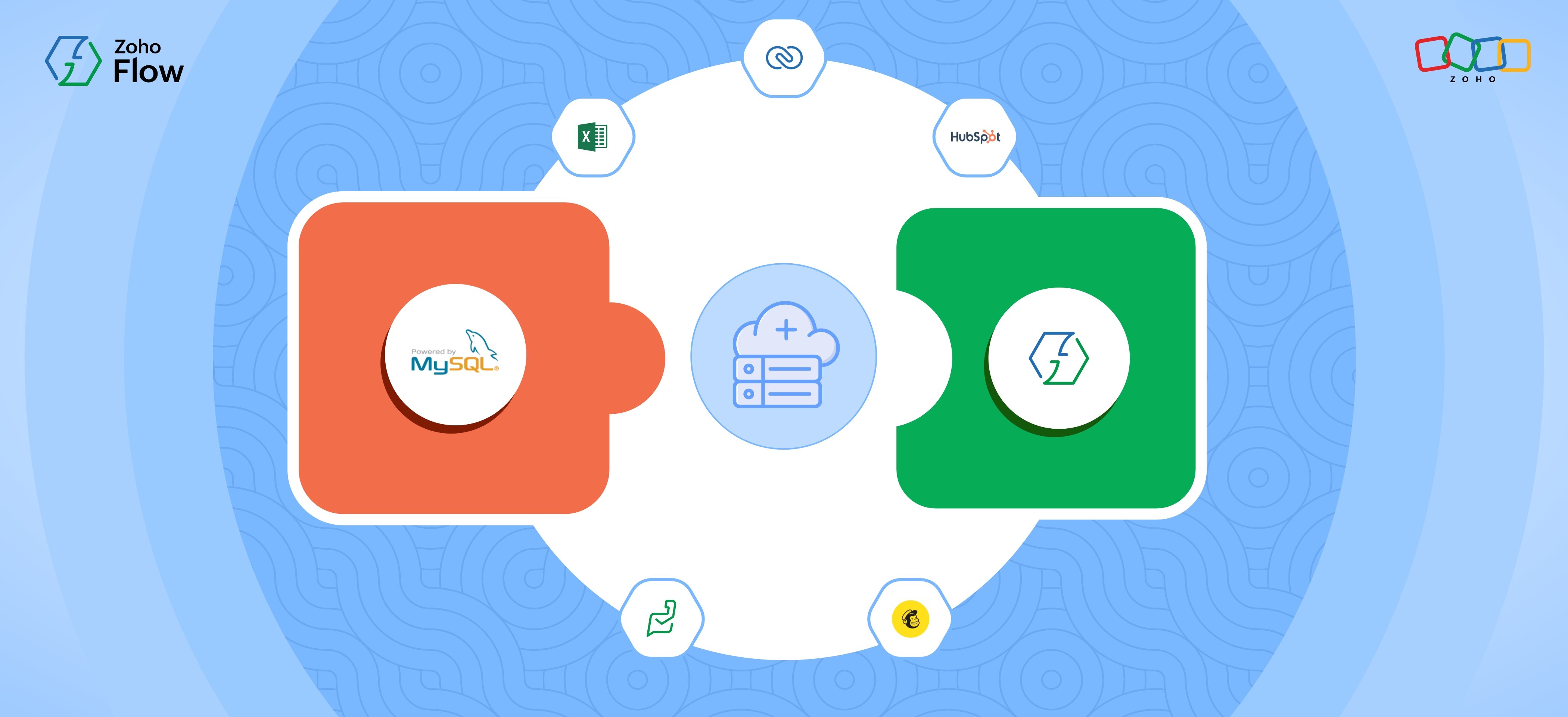8 workflow automation ideas for your ecommerce business
- Last Updated : November 11, 2023
- 8.9K Views
- 5 Min Read

The SaaS boom has empowered people, with access to sophisticated technology at affordable prices. However, there are many operations involved in an ecommerce business, and most of them need to be happening dynamically. The first order of business, if you’ve recently opened an online store, is to identify the various operations involved, and then streamline them using the right apps.
To that end, you might find this ecommerce automation guide useful.
Once you have those necessary systems in place, you can further leverage the apps you’re using by setting up effective workflows that optimize your business. Here are some essential ones to get you started:
1) Inventory management
A robust inventory workflow is something you can’t live without. While you’ll no doubt be using an inventory management system, it isn’t practical to manually enter data for every purchase. So it’s imperative that there’s an integration between your ecommerce store and your inventory management system. You’ll need it to be a two-way sync, so that every time a sale happens on your store, a sales order is created in your inventory management system, and the stock of the item is updated accordingly. You’ll also need the updated stock quantity to be reflected on your site.
Another important function of the integration is to capture customer information when they complete an order. Properly maintaining the list of customers who have bought from you not only makes your refunds process easier but also helps your marketing efforts. You can then use that data to offer promotions based on the purchase history of your customers.
2) Accounting
As with inventory, accounting has to take place dynamically, whenever a sale happens. Customer and purchase information must be passed on to your accounting application from your inventory management system. Each sale can be recorded as income and each supply order to your vendor can be recorded as an expense. For refunds, a credit note can be requested by the customer and applied the next time they make a purchase. A seamless integration between your ecommerce store, and your inventory management and accounting applications ensures all these operations happen automatically, without any manual intervention.
3) Replenishing supplies
For items with predictable demand, you can set up a workflow in your inventory management app, to automatically send a purchase order to the vendor when the stock of the item is low. For items you can’t predict, you can set up a workflow where a task is created in your project management application as soon as the stock of an item reaches a certain amount. You can then discuss the task with your teammates and decide how much to order.
4) Order fulfillment
When you get an order and find that you’re low on stock, you can do one of three things
- Transfer that order to another warehouse
- Drop ship it
- Place a backorder for the items
In the workflow section of your inventory management app, you can set up a preferred action when you encounter an order for an item with low stock. For example, you can first look to transfer the order to another warehouse. If there’s no stock there as well, you can ask your vendor to fill the order. If both these options aren’t feasible, you can backorder the supplies and communicate to the customer that delivery will take longer than usual.
5) Capture leads in your CRM
Interactions with potential customers happen in multiple avenues, like social media, your live chat, or even a direct enquiry from a website form. An integration with your CRM will add these potential customers as leads. This ensures that you don’t miss out on opportunities to reach out to people who have engaged with you.
6) Abandoned cart
It’s a rather common trend for people to add items to their cart but not complete the purchase—the global cart abandonment rate was 76% in 2018. However, what’s also interesting is that an email reminding people that they’ve left items in their cart has double the open rate of an average marketing email.
People may leave your store without completing a purchase for various reasons, like a complicated checkout process, slow load times, or payments getting declined. While these issues, which make the visitors leave your store in the first place, need to be improved, a good abandoned cart program will bring back a decent number of those visitors.
It’s good practice to send the reminder email no more than an hour after the visitor leaves the site. You can identify if the visitor is an existing customer or a guest through an email capture field and tailor the email accordingly. You can also consider having the name of the abandoned product in the subject of the email to instantly remind potential customers of what they left behind.
7) Welcome email
Welcome emails have an 84.22% open rate, which is decidedly more than regular promotional emails addressing the reader by their first name as the only personalization, without providing any value besides telling readers that their subscription has been confirmed.
In cases like an order status, a notification email is expected, but your welcome email should be more. For delivering a relevant welcome email, consider using your marketing automation software to find out how they arrived at the subscription page, or which page or product they spent time viewing, so that you can customize the content according to their interest.
If it’s a first-time buyer instead of a subscriber to your newsletter or blog, it may be a good idea to send them a discount code as part of their welcome email.
8) Reminder to leave a review
95% of shoppers won’t make a purchase until they’ve gone through online customer reviews, so it’s vital that your customers leave one for items they’ve purchased. Since reviews are so impactful, consider having a workflow where you first ask your customers how satisfied they are with your product, and what you can do to improve their experience. This not only gives you a chance to serve your customers better but also helps identify issues they may have. It’s best to ask customers to write a review after ensuring that they’ve received the finest after-purchase service possible.
All of these workflows require integration between multiple software applications. Since there are countless apps out there, chances are that you might not be able to find the exact integration you’re looking for. That’s why a workflow automation software like Zoho Flow, which supports more than 600 applications, is essential for automating your ecommerce business. To discuss more workflow ideas relevant to your business, please write to us at support@zohoflow.com.
 Karthick
KarthickContent Marketer for Zoho Flow. Passionate about helping businesses make better use of technology.



Comments(2)
In order to integrate the above features, there is an all in one integration or multiple plugins are required?
Hi Akhil, you’re going to need multiple apps for these workflows. Here’s an article we wrote on automating your e-commerce business. You might find this helpful.https://www.zoho.com/flow/articles/how-to-automate-your-ecommerce-business-using-zoho.htmlIf you need further help, please write to us at support@zohoflow.com.